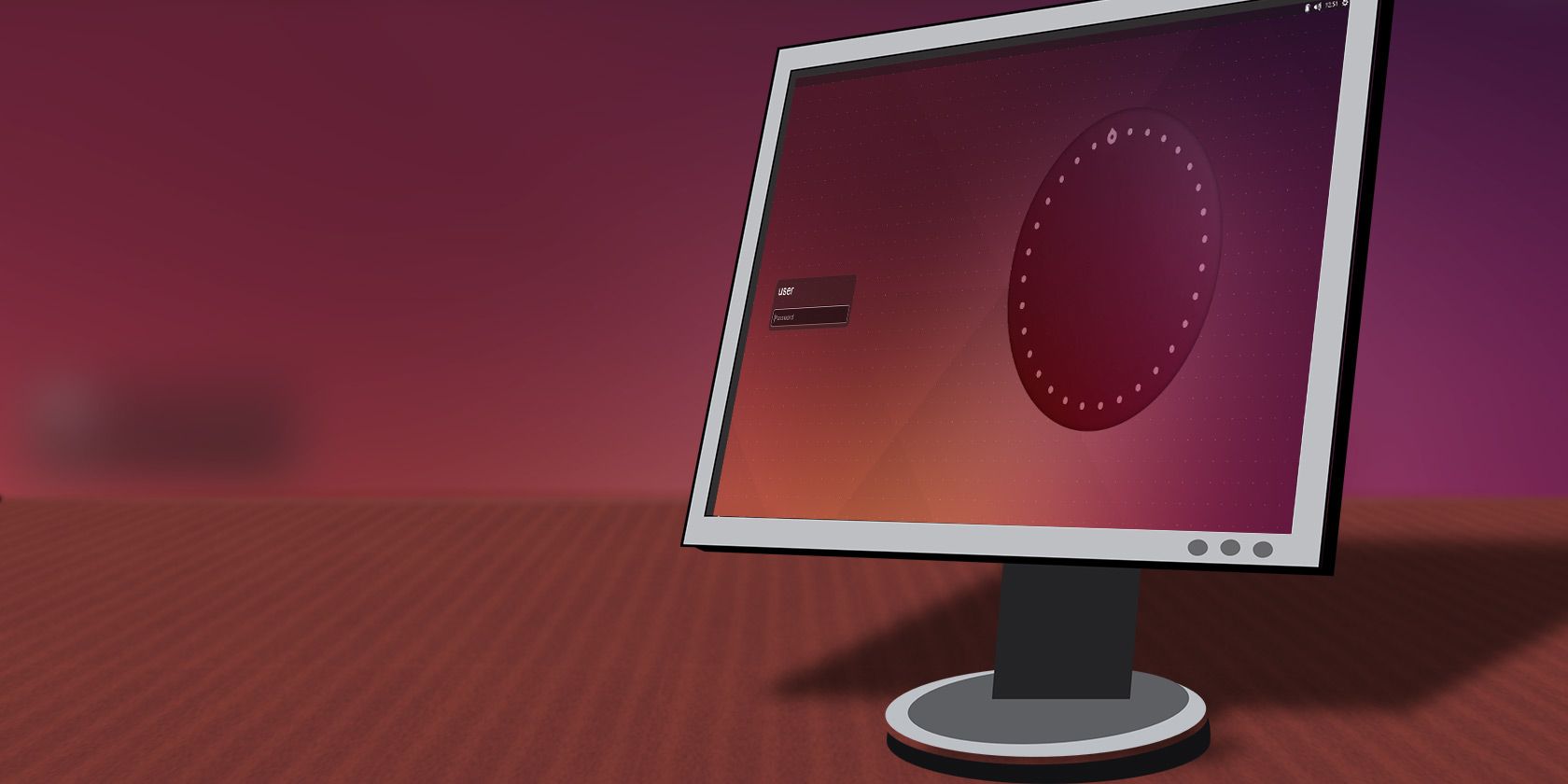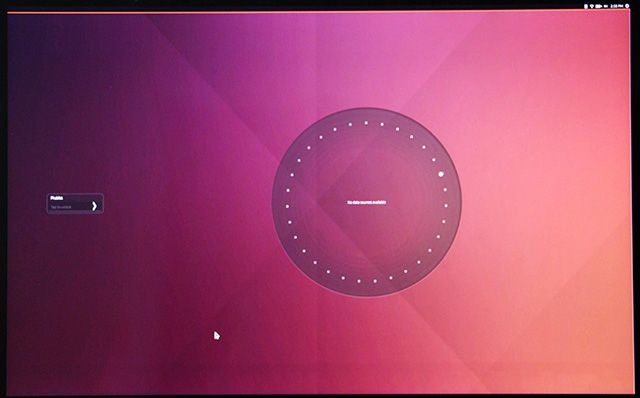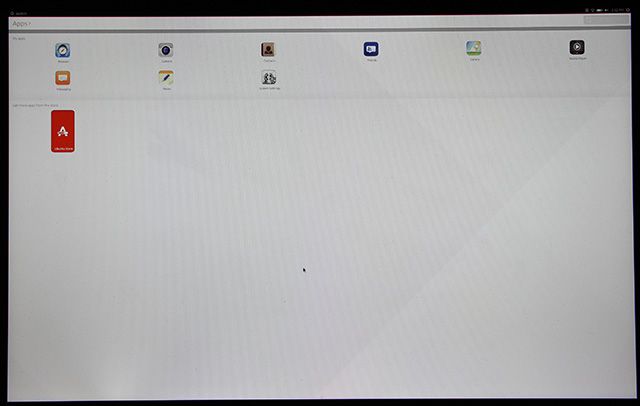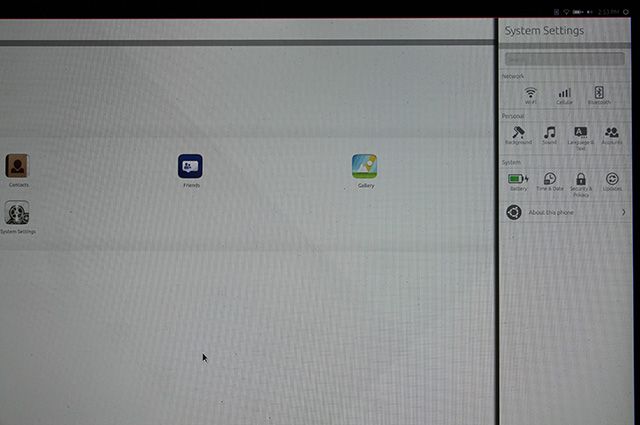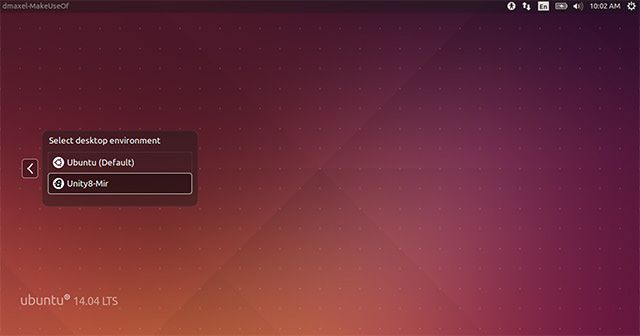The Unity desktop you know and (maybe) love has its days numbered. Canonical is at work on Unity 8, which looks more to revolutionize the desktop shell rather than just evolve it.
While it's still quite a while away from being the default desktop on your next Ubuntu installation, curious folks can try it out right now if they'd like. Here's how and what to expect so far with the new desktop.
Why Is Unity Changing?
While I don't think Canonical has anything against the current Unity desktop, it has much bigger plans in store. The company has been working hard to try to achieve its goal of total convergence -- meaning that it wants to have the same interface and apps across all devices, including your computer, smartphone, and tablet.
Microsoft has already tried this somewhat with Windows 8 and Windows Phone 8, and Apple is taking baby steps as well with the incremental changes in Mac OS X that make it more similar to iOS. Canonical wants to be the first company to provide good convergence with Linux, and is betting big that people will like it and start using all of the Ubuntu operating systems they'll have to offer.
How The New Unity Looks Right Now
For the time being, Unity 8 looks very much like an enlarged version of Ubuntu Touch, and that's kind of because it is. Canonical has yet to make any major tweaks to the desktop interface that makes it look and work better on a computer, but that'll come somewhere down the road.
For now, Canonical is more concerned about making sure that the entire stack works before it makes enhancements to each portion of the stack. The stack in question, by the way, are the Ubuntu exclusives that it needs to get the desktop to work -- Unity 8 and the Mir display server (which is forked from Wayland, an upcoming display server that most other Linux distributions will eventually use).
That being said, you'll see lots of big buttons and other features that would really make you think that it's meant for a touchscreen. Give it some time as things will change.
Trying Out Unity 8
Like I mentioned earlier, for those who are curious, you can try out the new desktop (including Mir) right now! There are actually two ways, so you're more than welcome to choose whichever one you'd like.
Get Unity 8: Method One
If you're already running Ubuntu 14.04, you can install a package that will pull in the dependencies needed to run the upcoming desktop. First, go into your Software Sources and make sure that "trusty-proposed" has been enabled under the Additional Software tab. Then, just run this command in a terminal:
sudo apt-get update && sudo apt-get install unity8-desktop-session-mir
Once it completes, you can log out of your user account, then choose your user again and switch the session (click on the Ubuntu logo) to Unity8-Mir. Then log in as usual and you'll be running the upcoming desktop. To switch back, just click on the logo again in the same place (although it won't be an Ubuntu logo now) and choose Ubuntu to go back to normal.
The benefits of choosing this method are that it is easier and quicker to do than the following method, and that you'll always be up to date when you want to try the upcoming desktop again. The downside to this method is that you'll have it installed on your computer, and some people aren't too comfortable with installing experimental software on their computer, even if they don't use it very often.
Get Unity 8: Method Two
The second method is to get an Ubuntu Desktop Next ISO image from this page. Once you have the ISO downloaded, you can write it to a USB stick and boot off it to try out the upcoming desktop. While theoretically you could try to run the ISO in a virtual machine, that most likely won't work right now as there aren't any graphics drivers available that talk to various virtual machine frameworks and work with Mir instead of the traditional X.org X display server. Trust me, I've tried it and it currently doesn't work.
The good news about this is that you won't have to touch your normal installation and thereby removes the very slight risk of messing up your system, but the bad news is that it's not as convenient to try out, plus you'll have to re-download the entire ISO whenever you want to try an updated version.
Convergence Is The Future
For now the goal is for Unity 8 to be become the default by Ubuntu 16.04 at the latest, so there's still plenty of time for major changes to occur. And who knows, maybe we'll get to see Unity 8 on everyone's Ubuntu systems earlier! Until that happens, you now know how to check out the progress.
What's your opinion of Unity 8 and the general idea of convergence? Are they on the right track or what could they do better? Let us know in the comments!

